Creating and Viewing a Debug Log
When you encounter a particularly complicated issue, one which could be caused by environmental issues and which cannot be easily reproduced on other systems, you may want to turn on App Portal’s debug logging, which can be viewed on the Debug Log view. Rather than just a log of error messages, a debug log is an exhaustive log of all events—such as actions, methods, stack trace, execution path—and provides a very low level detail of the entire request life cycle of the App Portal web site.
When you turn on debug logging, it is only in effect for the current App Portal user. In other words, if an administrator on Machine A enables debug logging, then App Portal will be logging only requests coming from Machine A.
Important:Because debug logging slows down the system considerably, it should only be turned on when performing troubleshooting, preferably before App Portal is in a production environment.
To turn on debug logging, perform the following steps.
To create a debug log:
| 1. | On the Admin tab, open the Site Management > Debug Log view. |

| 2. | Click Start Log. A dialog box prompts you to enter a title for this log and a description of what you are testing. |

| 3. | Enter a title and description, and then click Start. The message at the top of the screen changes to Debug logging is currently turned ON. |
| 4. | Perform the App Portal steps that you are testing (such as checking out a particular catalog item, or viewing a specific App Portal page). Continue performing steps until you reproduce your issue. |
Note:App Portal performance speed will be slow due to the extensive logging.
| 5. | Return to the Debug Log view. You will see that individual methods are listed. |
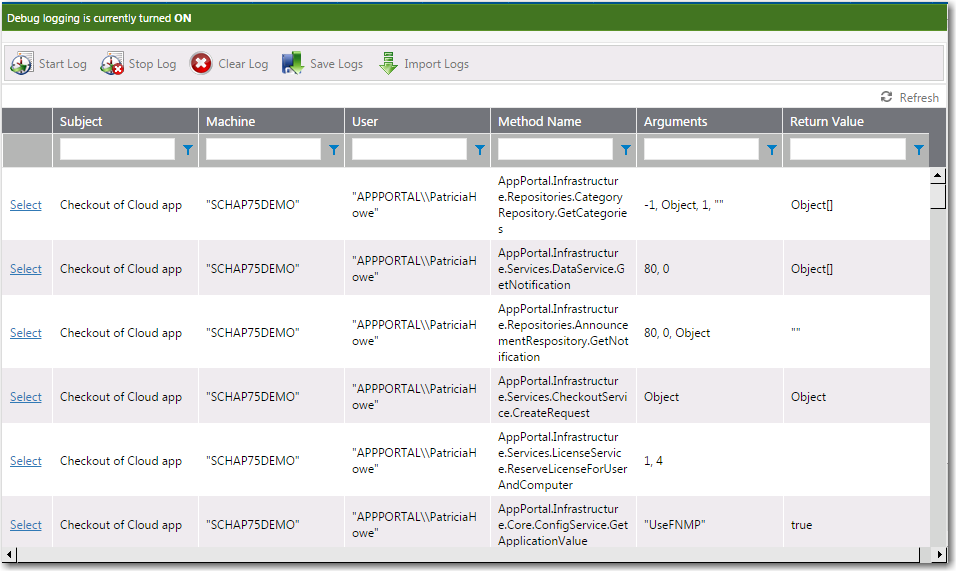
| 6. | Click Select to view details of a method. |
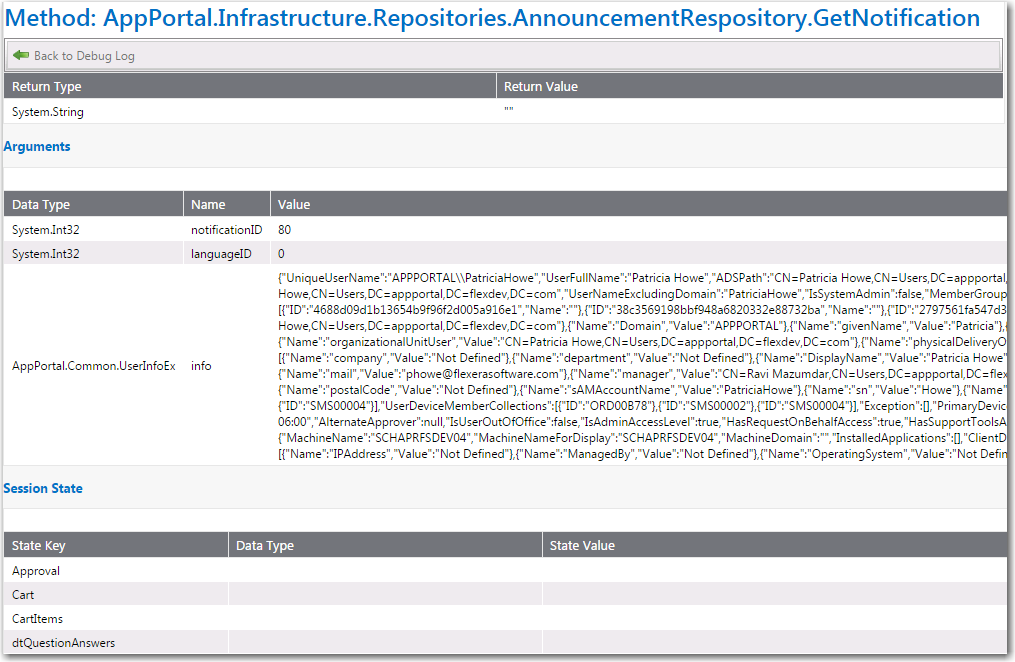
| 7. | Click Back to Debug Log. |
| 8. | To stop logging, click Stop Log. You are prompted to confirm that you want to save the session. |
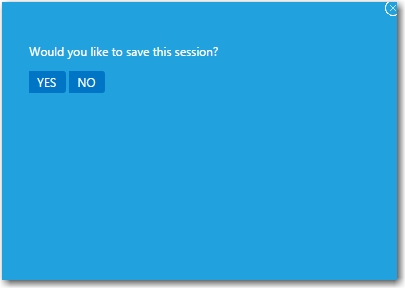
| 9. | Click Yes. Logging is turned off and all of the methods that were logged are now listed. |
| 10. | To save the log files in a ZIP file, so that it could perhaps be sent to product support personnel, click Save Logs. You are prompted to confirm the creation of a ZIP file which will contain a set of .csv log files. |
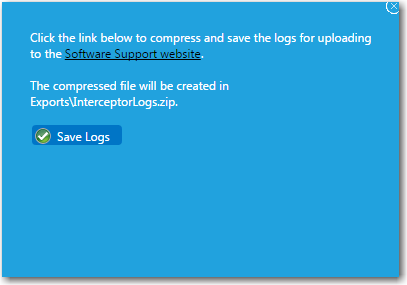
| 11. | Click Save Logs. The ZIP file will be saved, by default, in your Downloads directory. |
| 12. | To import an individual .csv log file so that you can view it in the Debug Log view, click Import Logs. You are prompted to upload the file. |
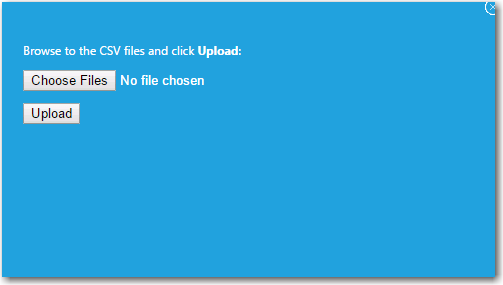
See Also